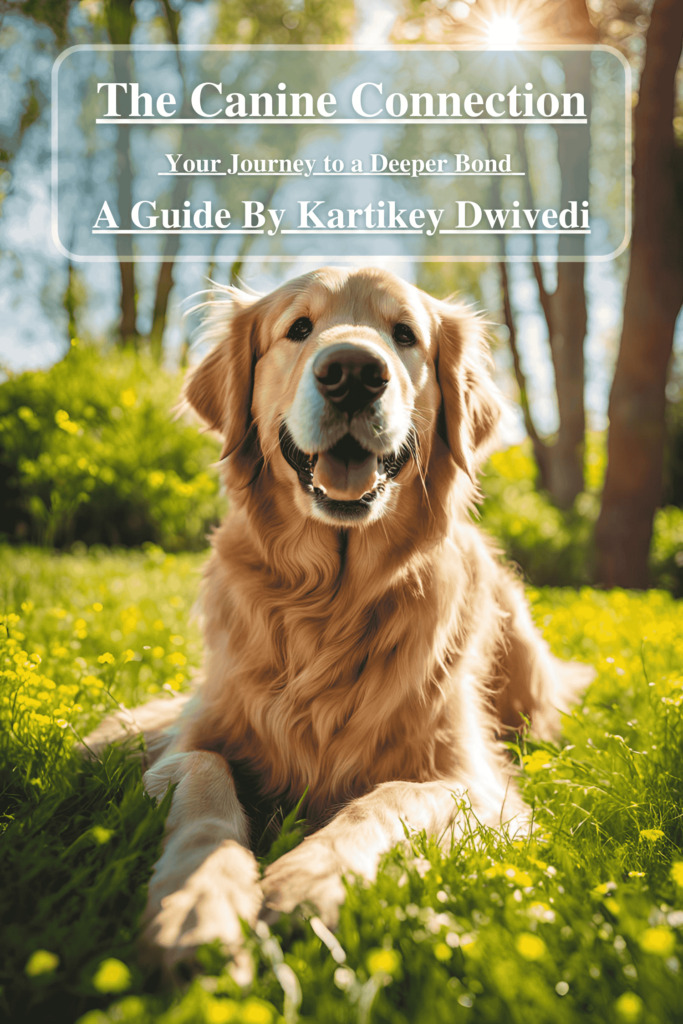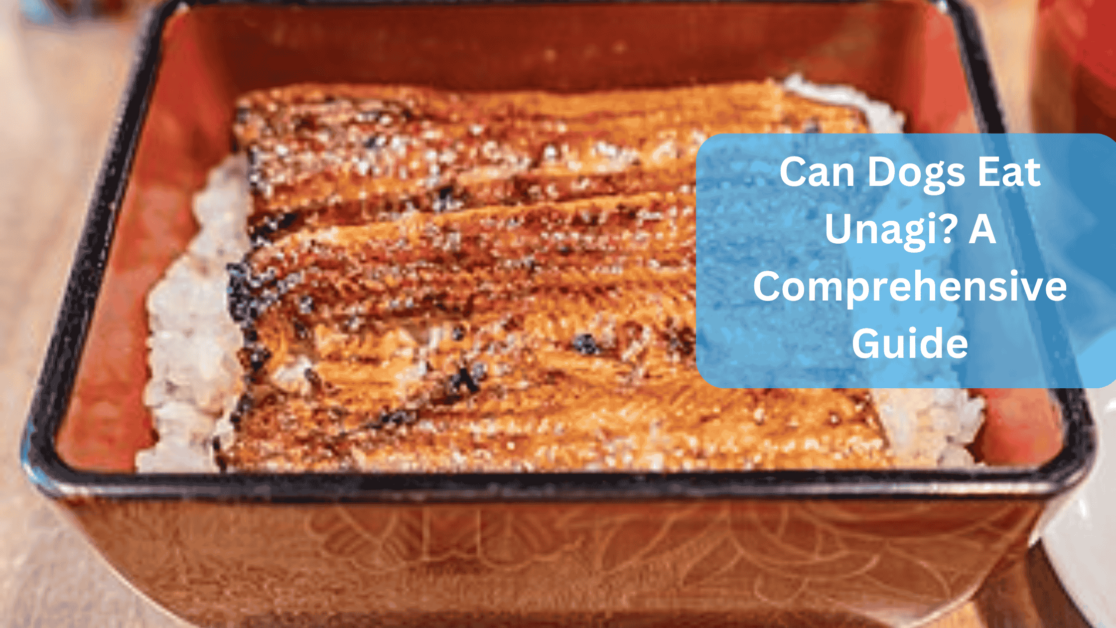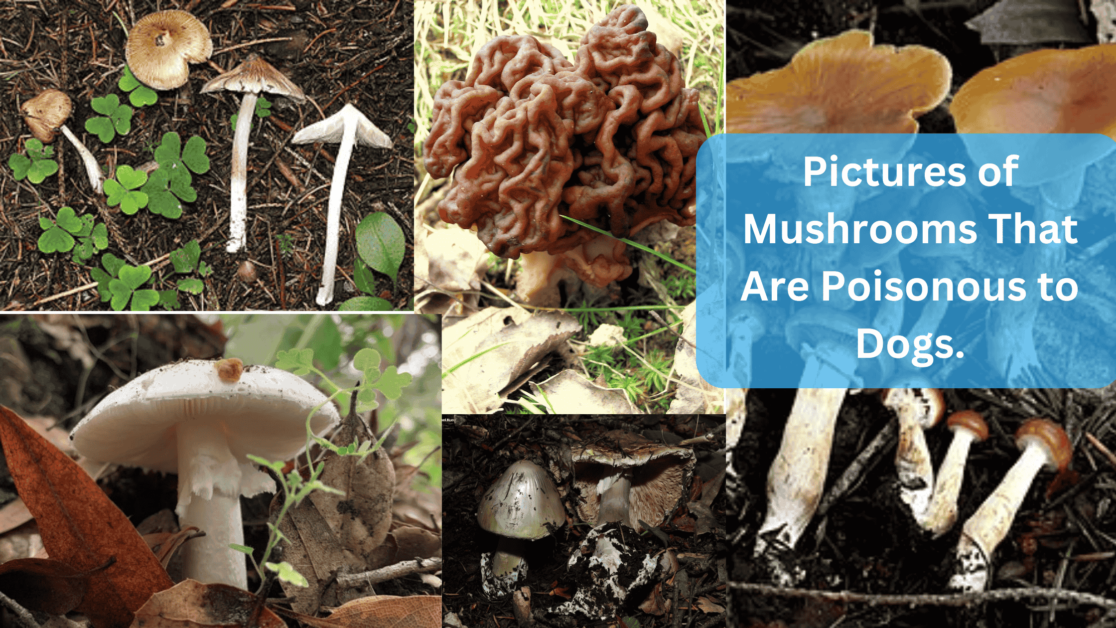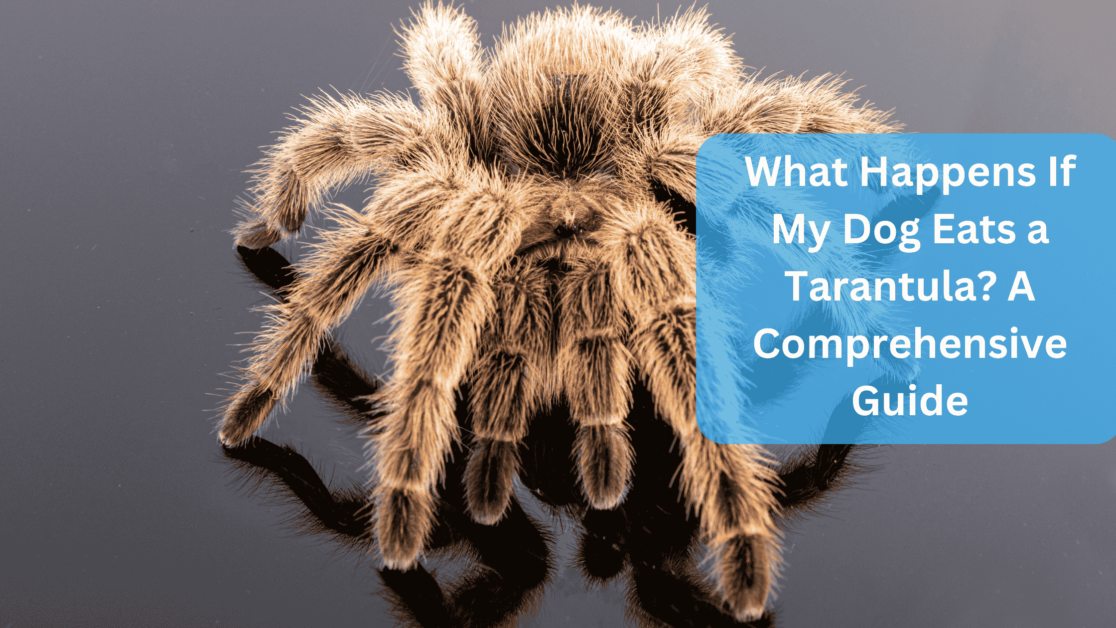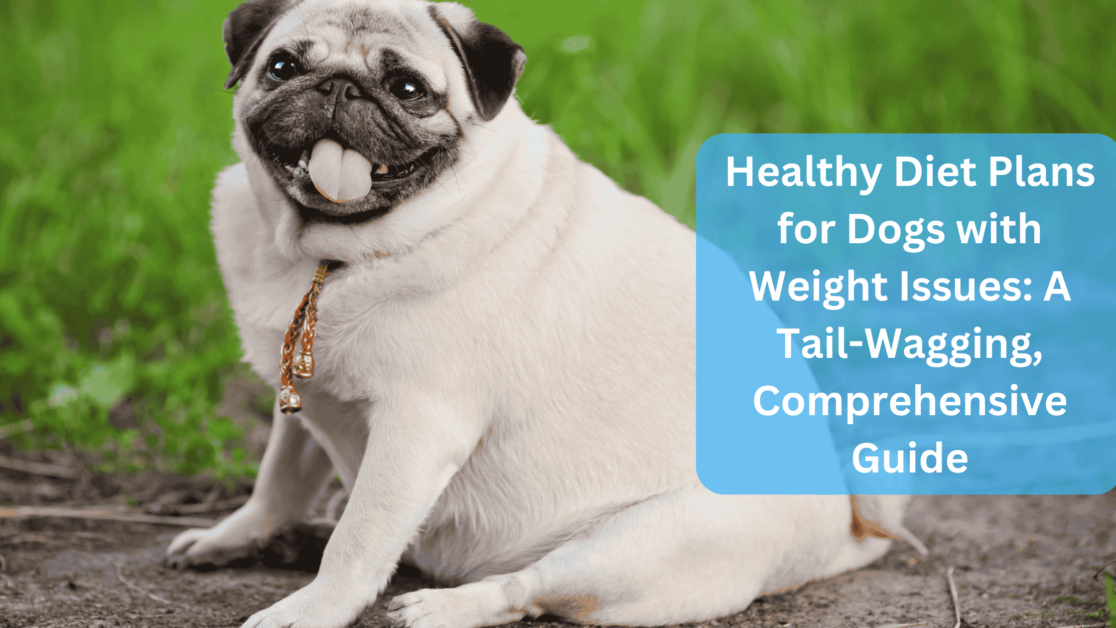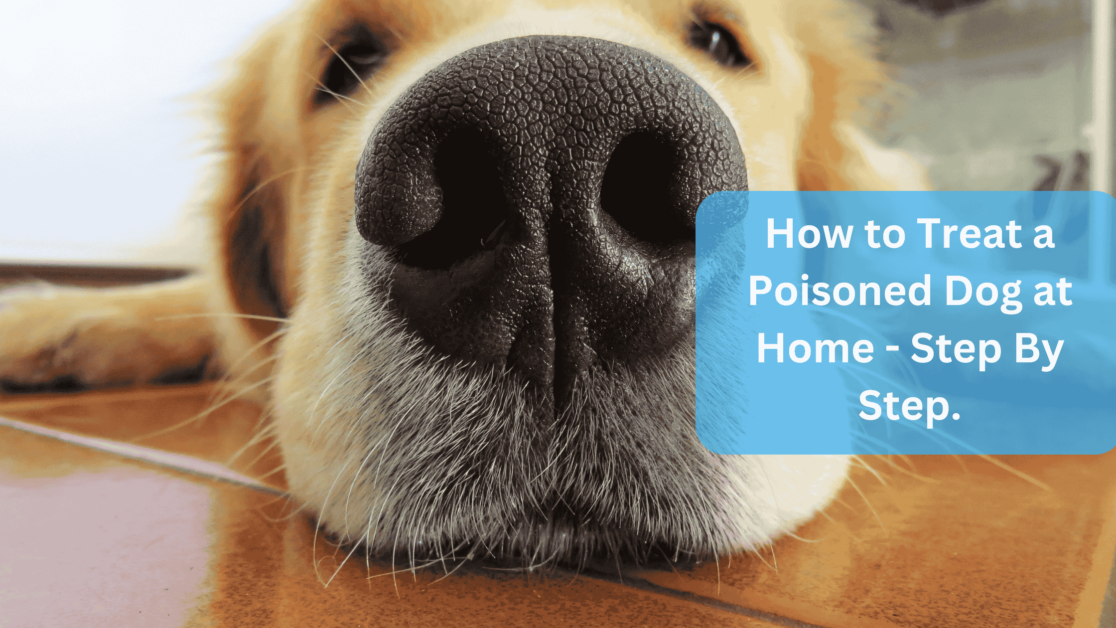How to Potty Train a Puppy in an Apartment? Bringing a puppy into your apartment is an exciting adventure filled with playful barks, soft cuddles, and maybe a few unexpected surprises—like stepping into a puddle during a midnight snack run. Potty training can seem daunting, especially when you don’t have the luxury of a backyard. But fear not, fellow apartment dweller! This comprehensive guide will equip you with everything you need to successfully potty train your furry friend while maintaining a clean and happy living space.
So grab your favorite snack, settle in, and let’s transform your apartment into a puppy paradise (minus the bathroom surprises). 🐾
Why Potty Training is Important for a Puppy?
Potty training is a crucial part of your puppy’s development. Not only does it help keep your home clean, but a well-trained puppy also promotes good behavior, safety, and a stronger bond between you and your furry companion. Imagine the joy of not discovering a “gift” left behind after an exhausting day at work! 🎉
Understanding Your Puppy’s Biology
Did you know that puppies have tiny bladders? Generally, a puppy can hold its bladder for about one hour per month of age. So, if your puppy is two months old, expect it to need a potty break every two hours. Knowing this will help you create an effective potty training schedule tailored to your pup’s needs.
Getting Prepared for Potty Training a Puppy
Before you dive into the training process, it’s essential to gather some supplies and set yourself up for success. Here are the basics you’ll need:
Essential Supplies for Potty Training a Puppy
- Puppy Pads: These absorbent pads are perfect for indoor use, especially if you live on a higher floor and can’t get outside quickly. Place them in a designated potty area.
- Enzymatic Cleaner: Accidents will happen. An enzymatic cleaner will break down odors effectively, reducing the chance of your puppy returning to the same spot.
- Treats: Stock up on small, tasty treats for positive reinforcement. Remember, every puppy loves a good bribe! 🍖
- Crate: A crate can be an excellent tool for potty training if used correctly. Puppies generally avoid soiling their sleeping area, making a crate a safe space when you can’t supervise.
- Leash and Harness: For outdoor potty breaks, a leash and harness are essential to control and keep your puppy safe.
Choosing a Designated Potty Area for Potty Training a Puppy
Choose a consistent spot for your puppy to do its business, whether it’s a puppy pad indoors or a specific outdoor location. Dogs thrive on routine, so take your pup to the same spot each time.
How to Potty Train a Puppy in an Apartment? – Step-by-Step Guide to Potty Train Your Puppy
Step 1: Establish a Routine
Your puppy thrives on routine, so consistency is key. To create a successful potty training routine, follow these steps:
- Take Your Puppy Out Frequently: Puppies have small bladders and need frequent breaks:
- First thing in the morning
- After meals
- After playtime
- Before bedtime
- Every 1-2 hours during the day
Step 2: Use Command Words
Select a simple command like “go potty” or “do your business.” Say this command when you take your puppy to their designated area. Over time, your pup will learn to associate the command with the action.
Step 3: Reward Good Behavior
Every time your puppy successfully goes potty in the right place, shower them with praise and a treat. Positive reinforcement is your best friend! Your puppy will start to associate going potty in the designated area with good things. Think of it as puppy high-fives! 🐾
Step 4: Watch for Signs
Learn to recognize when your puppy needs to go. Common signs include:
- Sniffing around
- Whining
- Circling
When you see these signs, act quickly and take your pup to the potty area. Think of it as a mini dance party: “Oh, you need to go? Let’s hustle outside!” 💃
Step 5: Handle Accidents Gracefully
Accidents will happen, especially if your puppy has a tiny bladder. If you catch your puppy in the act, gently interrupt them with a “no” and take them to the designated area. Clean up the mess with your enzymatic cleaner to prevent repeat performances in the same spot.
Step 6: Gradual Independence
As your puppy gets the hang of things, you can gradually reduce supervision. Start giving your puppy a little more room to roam in the apartment while still keeping an eye on potty habits. Supervision is still key at this stage!
Tips for Fast and Effective Potty Training a Puppy
1. Consider Puppy Pads
For those living in high-rises, puppy pads offer a great indoor potty solution. Place them in your designated potty area and gradually move them closer to the door as your puppy learns.
2. Time Your Potty Breaks
Adjust your schedule based on your puppy’s age and habits. Young puppies will need more frequent breaks, while older puppies may have a bit more control.
3. Keep a Clean Environment
Preventing accidents starts with keeping your environment clean. If your puppy is prone to accidents in certain areas, limit access to those spaces until they are fully trained.
4. Invest in a Good Crate
Crate training can be a helpful potty training tool. Puppies generally won’t soil their sleeping area, so keeping your pup in a crate when you can’t supervise can help teach bladder control.
Understanding Puppy Behaviors: Signs They Need to Potty
Recognizing your puppy’s unique signals is crucial in understanding when they need to take a break. Different breeds can exhibit various behaviors, and knowing these can save you from unnecessary accidents.
General Signs That Your Puppy Needs to Potty
Regardless of breed, look for these common indicators:
- Pacing or Restlessness: Your puppy may seem fidgety or unable to settle down.
- Whining or Barking: Vocal signs can indicate urgency to go outside or to the potty pad.
- Sniffing or Circling: Sniffing the ground or making circles can signal they are searching for a spot to go.
- Standing at the Door: If your puppy is focused on the door, they likely need to go out.
Breed-Specific Behaviors That Indicate Your Puppy Needs to Potty
- Labrador Retriever: Labs are social and expressive. Expect them to jump, paw at you, or seek attention when they need to go.
- Yorkshire Terrier: These little furballs may be subtle; look for pacing or quick movements toward the door.
- Beagle: With their keen sense of smell, Beagles may sniff around or howl when they need to go out.
- Poodle: Intelligent and eager to please, Poodles will often stand by the door or give direct eye contact when they need to potty.
- Shih Tzu: They may circle or pace when they need to go. Their smaller size may lead to subtle signs.
- Pitbull: These affectionate pups may come close to you or nudge you when they need to relieve themselves.
- Husky: Known for their vocal nature, Huskies may howl or bark when it’s time for a bathroom break. They might also act mischievous!
Overcoming Common Challenges in Apartment for Potty Training a Puppy
Despite your best efforts, you may encounter some common challenges when potty training in an apartment setting. Let’s tackle them head-on!
Challenge 1: Reluctance to Go Outside
If your puppy is hesitant to go outside, consider a few strategies:
- Make It Fun: Use a favorite toy or treat as motivation.
- Shorten the Trip: Instead of a lengthy walk, go directly to the designated potty spot.
Challenge 2: Noise and Distractions
Living in an apartment means lots of noise—doorbells, neighbors, and other pets. If your puppy is distracted, try to:
- Find Quiet Times: Take your puppy out when the surroundings are quieter.
- Desensitize: Gradually expose your puppy to common noises while they potty.
Challenge 3: Accidents in the Crate
If your puppy is having accidents in their crate, here are a few reasons this might happen:
- Crate Size: Ensure the crate is not too big. Puppies should only have enough room to stand up and turn around comfortably.
- Time: Puppies can only hold their bladders for a limited time. If they’re in the crate for too long, they may have no choice but to go.
Challenge 4: Regression in Training
If your puppy seems to regress, it’s important to stay calm. Regression can happen due to stress, illness, or changes in routine. Here are steps to take:
- Return to Basics: Reinforce the training steps and ensure a consistent schedule.
- Monitor for Stressors: Identify any changes in your puppy’s environment that could be causing stress.
Frequently Asked Questions
How Long Will It Take to Potty Train a Puppy in an Apartment?
The timeline for potty training can vary widely based on your puppy’s age, breed, and personality. Generally, most puppies take anywhere from a few weeks to several months to become fully potty trained.
How to Potty Train a Pitbull or Husky Puppy in an Apartment?
The same potty training principles apply regardless of breed. Use the techniques outlined in this guide, and adjust them based on your puppy’s unique needs.
What If I Live in an Apartment with Carpet?
If your apartment has carpet, consider investing in puppy pads or training aids that are carpet-friendly. Additionally, super-vigilance is necessary to prevent accidents on the carpet.
How to Speed Up Potty Training in an Apartment?
To speed up the process, maintain a strict schedule, use positive reinforcement, and minimize accidents by using crates or puppy pads when necessary.
Also Read: Wild Earth Dog Food Review: A Comprehensive Guide
Also Read: Training a Dog to Ring a Bell to Go Outside: Best Guide
Also Read: Can Dogs Laugh? Profound Canine Communication
Conclusion
Potty training a puppy in an apartment can be a rewarding experience when approached with the right mindset and tools. With patience, consistency, and plenty of love, you can help your furry friend learn where to do their business—keeping your apartment clean in the process!
Remember, every puppy is different. What works for one may not work for another. Keep adapting and learning alongside your furball, and soon you’ll find yourself celebrating potty successes while dodging those little surprises. Good luck, and may your floors stay dry and your heart stay full of joy! 🌟🐶
If you found this guide helpful, please share it with fellow puppy parents navigating the joys of apartment living. Together, we can create a supportive community for our furry friends!
Sources:
- https://www.petmd.com/dog/general-health/how-to-potty-train-a-puppy
- https://pawsafe.com/blogs/dog-behavior/how-long-does-it-take-to-potty-train-a-puppy


